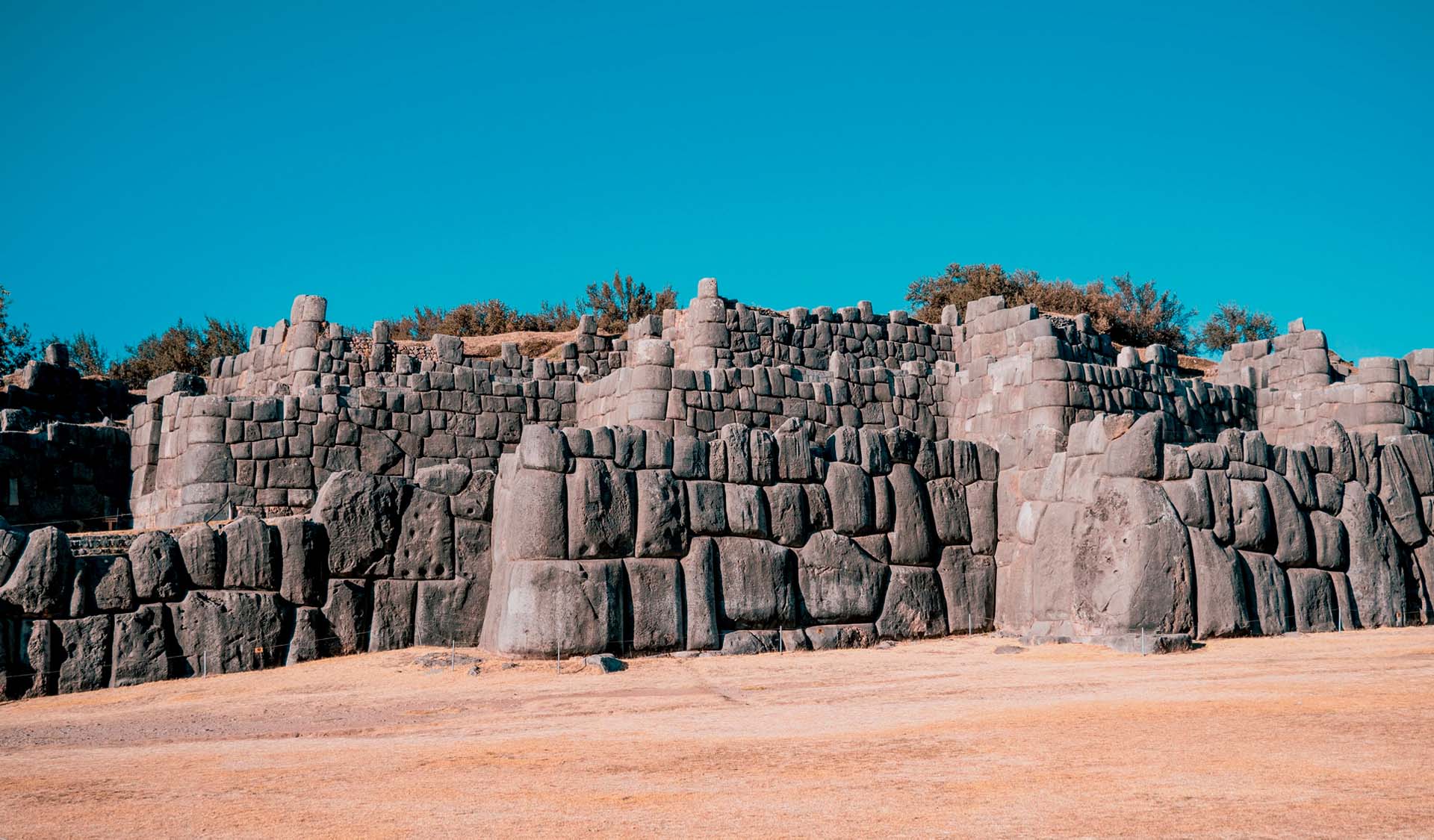Archaeologists have found the ruins of a ceremonial building that may alter our understanding of the cultural origins of the Andes. This find, thought to precede the rise of the Inca Empire by hundreds of years, has generated enthusiasm among scientists who propose that it might offer knowledge about the spiritual practices, societal organization, and construction achievements of a long-lost civilization.
The temple, which is partially preserved despite the passage of time, is situated in a region long regarded as a cradle of early Andean societies. Initial findings suggest that the structure served as a significant ceremonial center rather than a common dwelling. Its design, construction techniques, and orientation indicate a deep understanding of both engineering and cosmology, pointing to a society that valued ritual and symbolism.
One of the most fascinating aspects of the discovery is the material evidence left behind. Fragments of tools, ceremonial objects, and decorative elements hint at a culture with a sophisticated sense of artistry and belief systems. These remnants are being analyzed to determine their origin and purpose, which could reveal the cultural exchange and trade networks that existed before the dominance of the Inca civilization.
El período de esta sociedad aún está siendo establecido, pero investigaciones preliminares indican que prosperó durante un momento en el que otras grandes culturas estaban surgiendo en diversas partes del mundo. Si esta datación resulta ser correcta, retrasaría la historia de las comunidades organizadas en los Andes por varios siglos, cuestionando las narrativas actuales sobre el desarrollo de la región.
Experts suggest that the sacred structure was probably utilized for intricate rituals featuring offerings, music, and potentially observations of celestial phenomena. The positioning of specific architectural elements in relation to solar occurrences implies that this civilization possessed sophisticated understanding of seasonal patterns, which would have played a crucial role in farming and societal planning.
What makes this discovery particularly intriguing is its potential connection to later civilizations. The Inca Empire, known for its sophisticated infrastructure and administrative systems, did not emerge in isolation. Many scholars theorize that it built upon cultural foundations laid by earlier societies, and this temple could provide tangible evidence of that continuity.
Further excavations are expected to reveal additional details about the daily life and governance of this ancient community. Understanding how these people lived, what they believed, and how they interacted with their environment can shed light on the evolutionary path that led to one of the most powerful empires in pre-Columbian America.
The structure’s location also adds to its significance. Positioned strategically within the Andean highlands, it may have served as a hub for cultural and religious gatherings, attracting people from surrounding regions. Such a role would imply a level of political or spiritual authority, which could redefine how early Andean societies are perceived in terms of organization and influence.
As the dig progresses, the research group encounters the challenge of safeguarding fragile relics and structural components that have weathered centuries of exposure. This task involves careful recording and utilizing contemporary preservation methods to guarantee that future generations can learn from and admire this historical artifact.
The implications of this discovery extend beyond archaeology. It invites a broader conversation about how societies rise, adapt, and sometimes vanish, leaving only traces for future generations to interpret. Every artifact and architectural detail recovered from the site serves as a silent testimony to human ingenuity, resilience, and the universal quest for meaning.
If the findings confirm the early origin of this temple and its associated culture, it could transform the understanding of pre-Inca civilizations and their contributions to Andean heritage. For now, the site stands as both a mystery and a promise—a reminder that history is never fully written and that the earth still holds countless secrets waiting to be unearthed.




